Diabolus
TPF Noob!
- Joined
- Jan 27, 2008
- Messages
- 27
- Reaction score
- 0
- Can others edit my Photos
- Photos OK to edit
that's what I was thinking he was doing... that to me seems to always result in pic's that are not exposed properly...
too dark... to light... etc, etc, etc... I have much to learn...
thanks! thread jacking -> end
I also read the book (revised edition) and had the same questions. It's been ugly weather in So. Cal these past few days, but the first day of good weather I am going to test out these methods in his book.


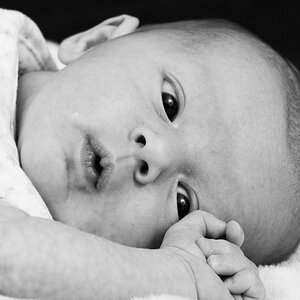


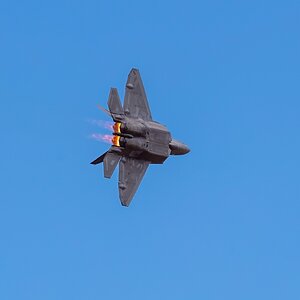
![[No title]](/data/xfmg/thumbnail/34/34347-8b81549fefc38aca163688d07a9f5ced.jpg?1619736384)
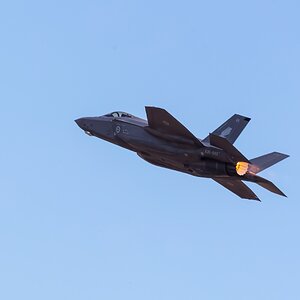
![[No title]](/data/xfmg/thumbnail/30/30995-7e48e5498fe9a56ea3d405cf87f3a1ec.jpg?1619734558)
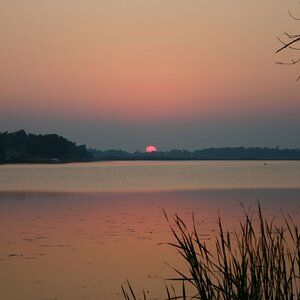
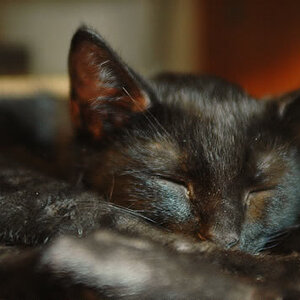

![[No title]](/data/xfmg/thumbnail/32/32944-550374cc056b8618b47594b3cc6e1574.jpg?1619735777)
![[No title]](/data/xfmg/thumbnail/32/32941-f21147be61c00828a23d6ce011d840eb.jpg?1619735773)